GRNGrid continues to grow with upcoming partnerships
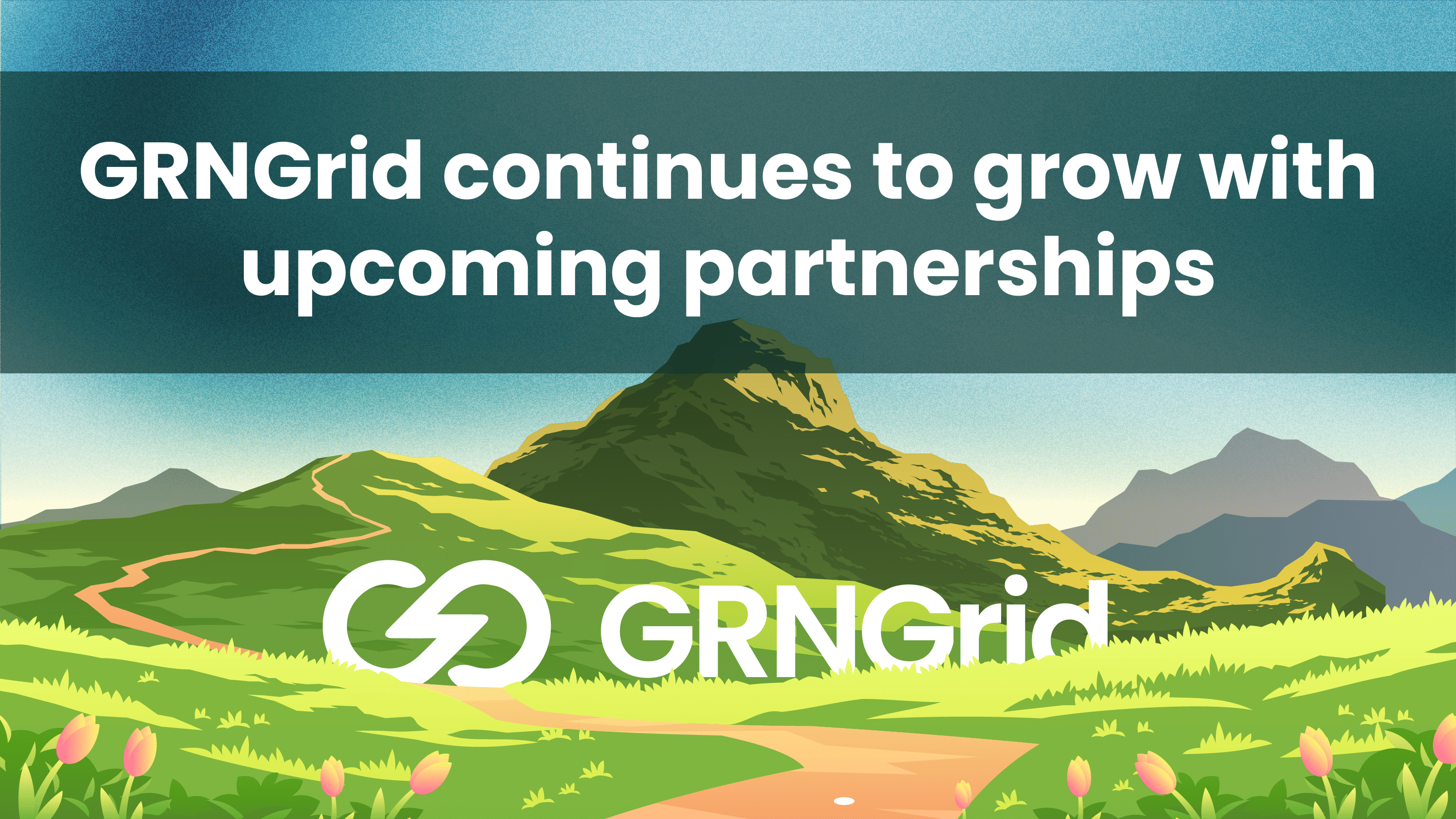
Exciting things are happening to the GRNGrid projects. Last month the project switched from ERC20 to Polygon, the price of GRNGrid’s token $G has risen significantly and upcoming partnerships are unleashing endless possibilities. The GRN team has been actively participating in meetings, with a main goal of expanding the utilisation of GRNGrid and spreading sustainable […]
The Vital Role of Renewable Energy in Blockchain
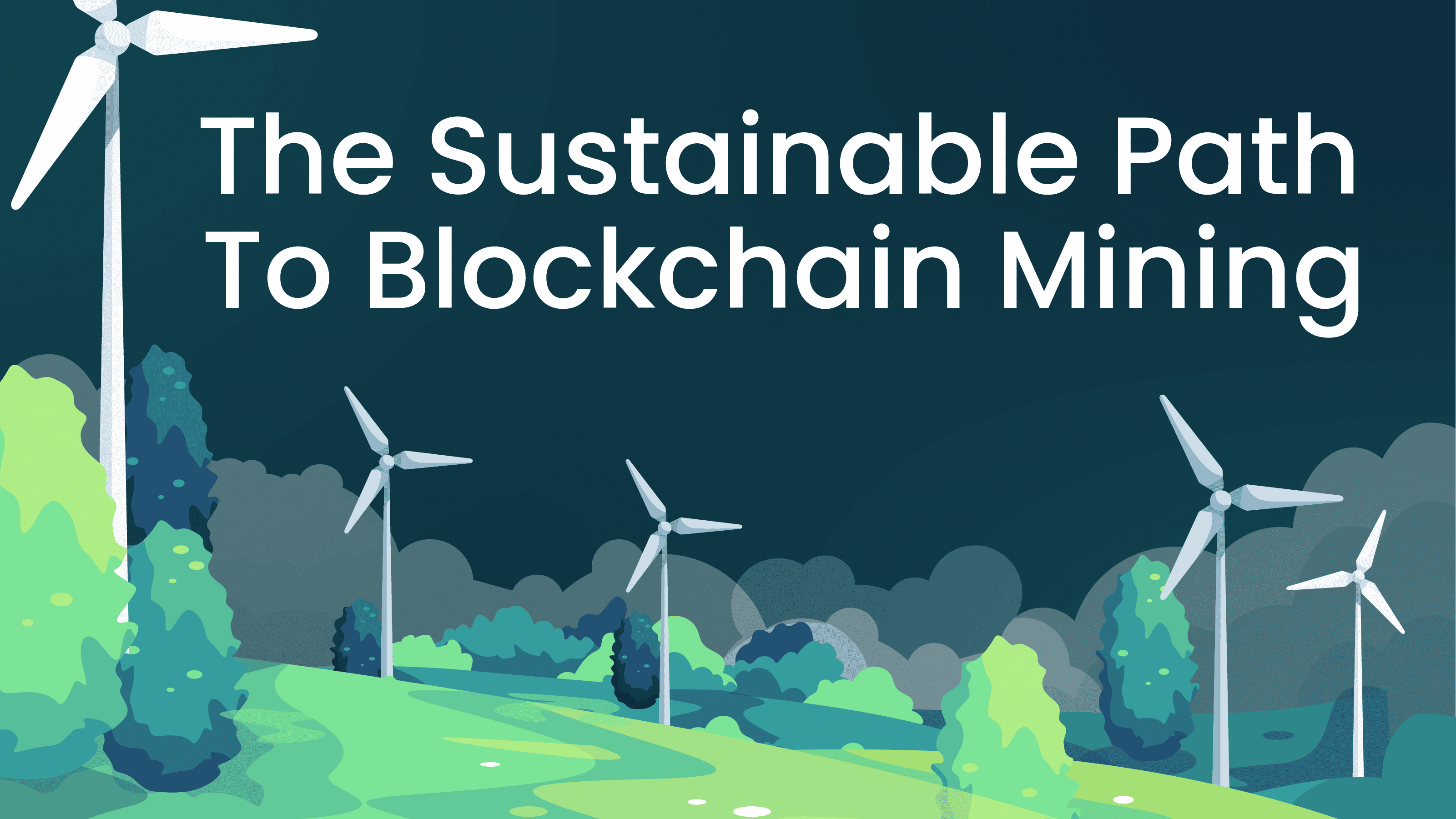
Introduction As the world increasingly embraces sustainable practices, the blockchain industry is proactively stepping up to contribute to a greener and more sustainable future. The rise of cryptocurrencies, including Bitcoin, has raised concerns about the environmental impact of traditional mining methods. However, blockchain networks are exploring superior models that focus on renewable energy solutions and […]
GRNGrid Embraces Polygon: The next step for GRNGrid
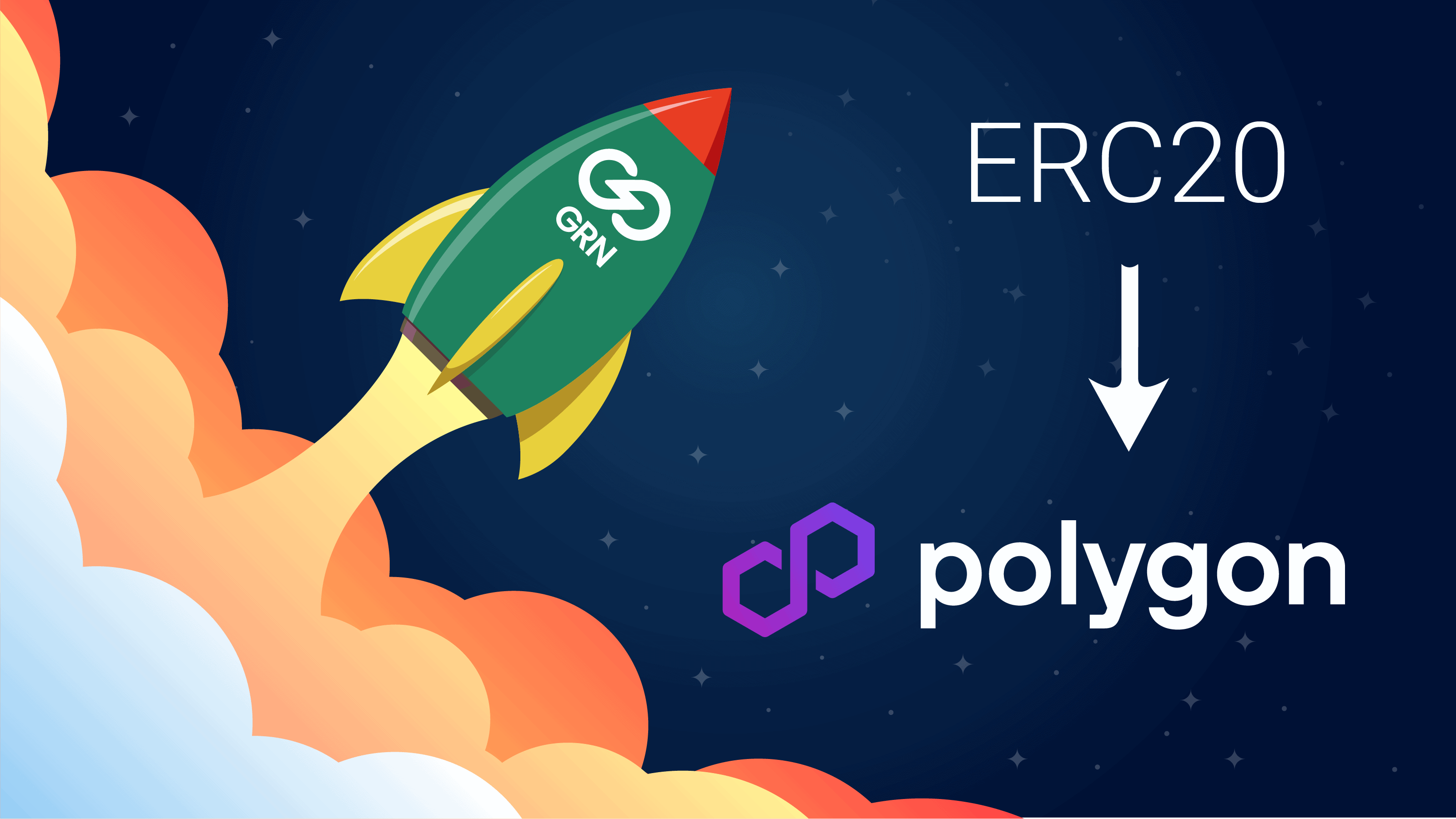
Dear GRNGrid Community, GRNGrid, the sustainable and eco-friendly blockchain platform, has announced its migration from the ERC20 network to Polygon (formerly known as Matic), a scalable solution built on the Ethereum blockchain. The migration process from ERC20 to Polygon has been executed seamlessly and automatically as we write this blog, ensuring a smooth transition for […]
A Seamless Shift: Add Polygon to your wallet. Adding Polygon to your wall: A Step-by-Step Guide
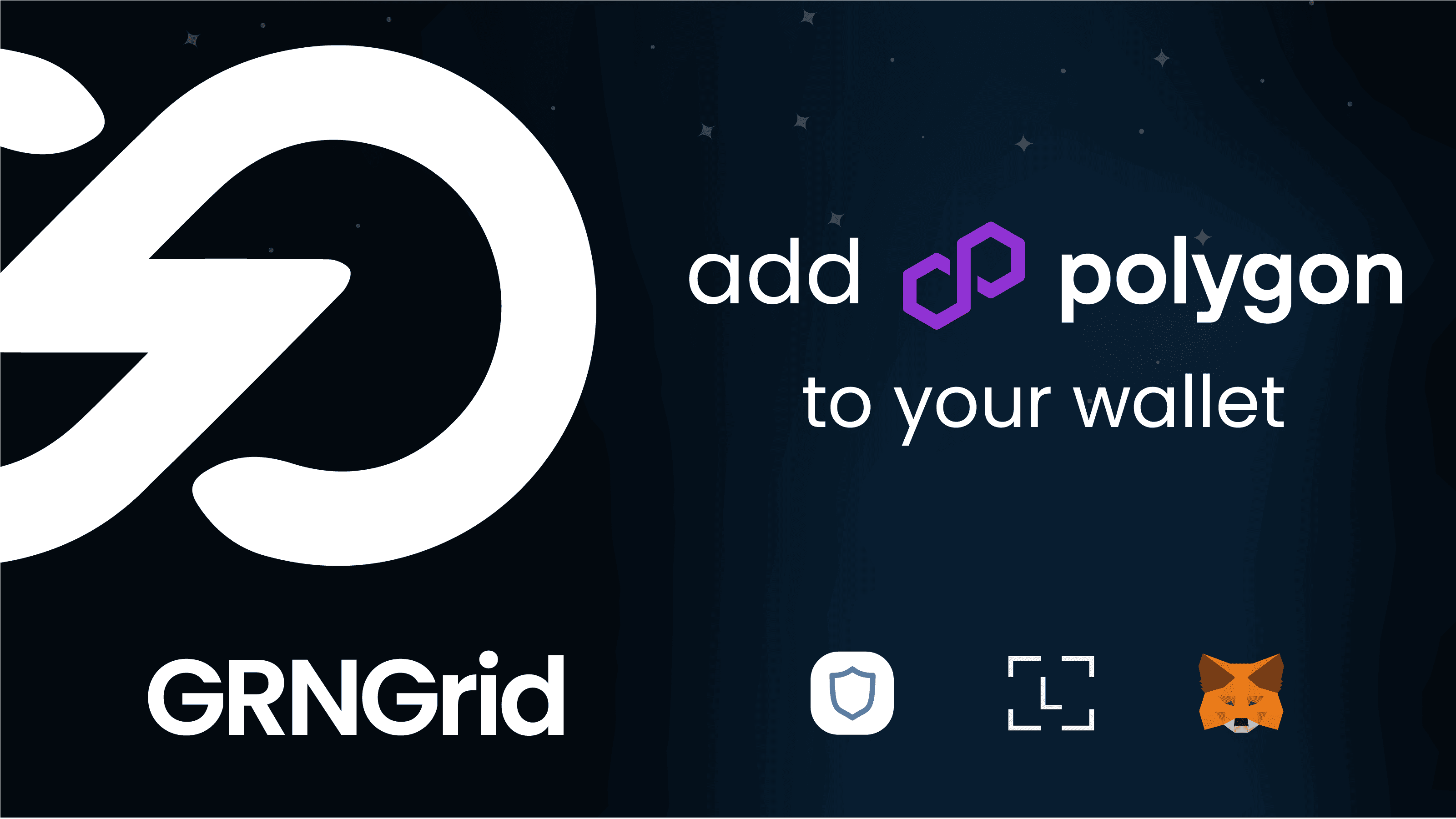
The cryptocurrency space is constantly evolving, and with it comes the need for adaptation and innovation. GRN (ticker $G), a groundbreaking project focused on sustainable energy solutions, has recently made an important move by migrating from the Ethereum blockchain (ERC20) to the Polygon network. This transition marks a significant milestone in GRN’s journey, offering enhanced […]
Roadmap update #4
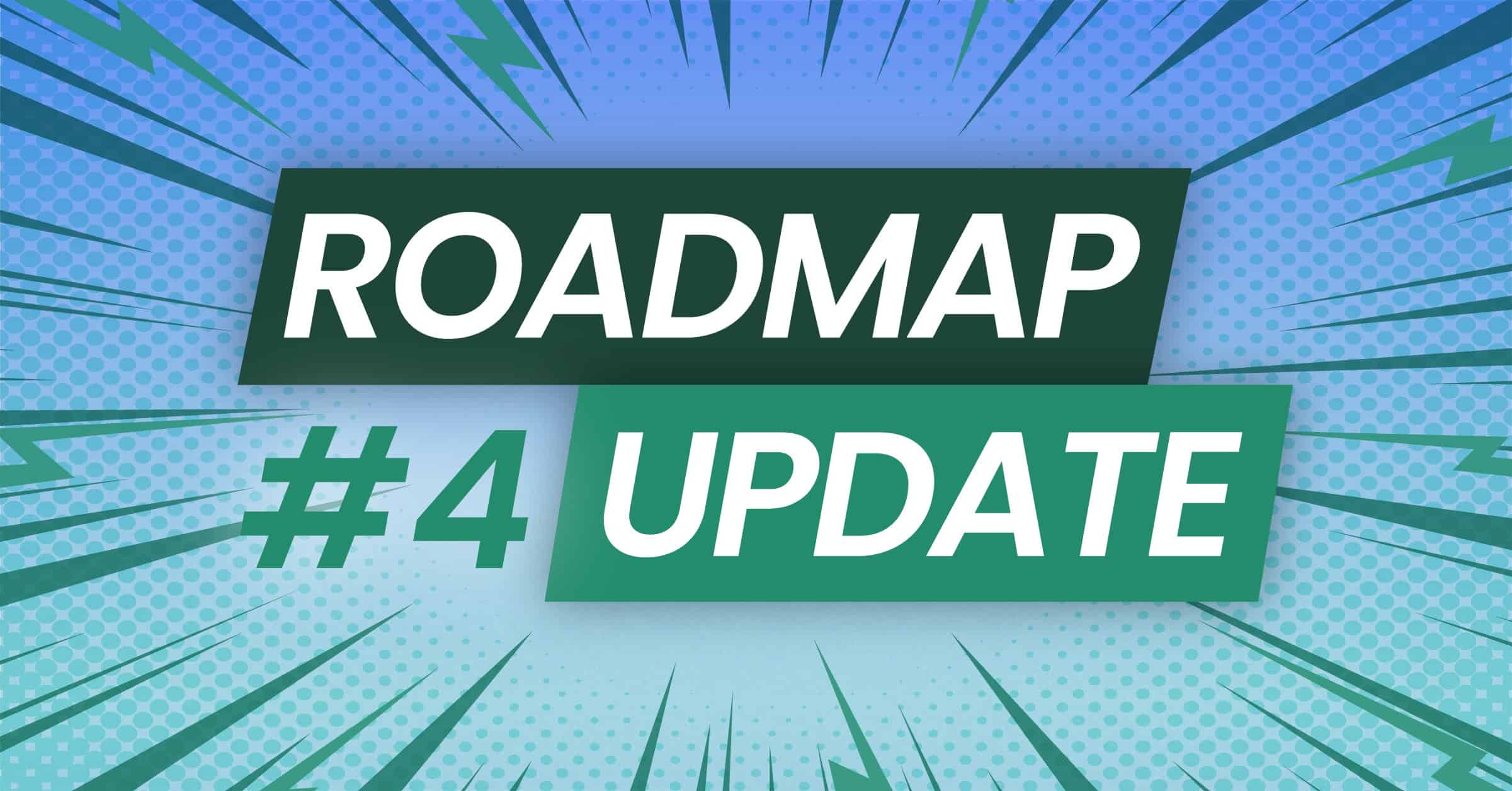
For those who are just tuning in to our updates (better late than never!), the team has finished with the Research and Discovery phase and has bravely stepped into the Proof of Concept phase. The key aim of this phase is to make a workable PoSv2 blockchain prototype which is, as you might expect, no […]
How to buy GRN today
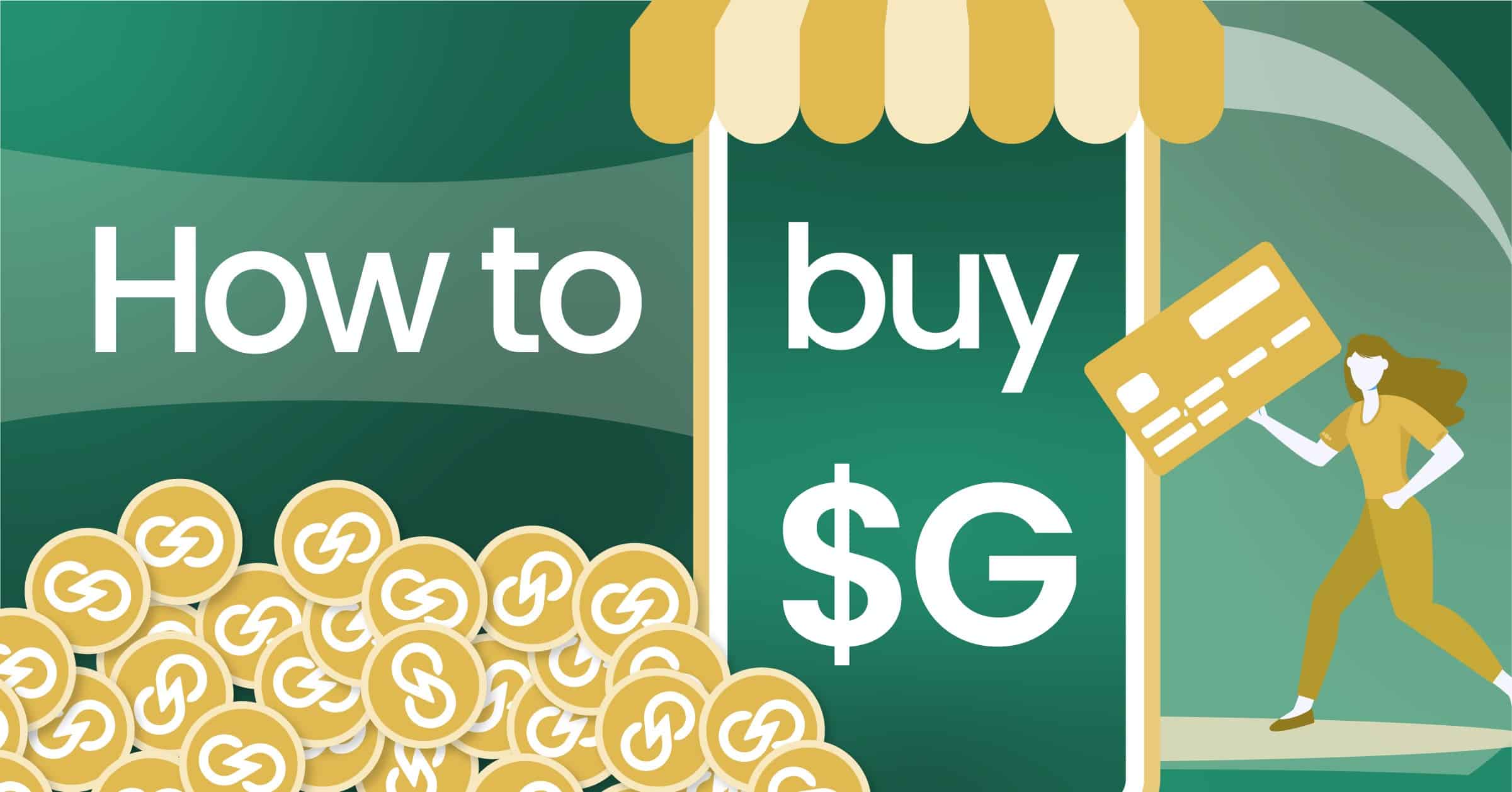
As you guys already know, we have big plans. We are working hard on the development of GRNGrid, a PoS2 blockchain, and GRN Wallet — if you are curious, you can follow our roadmap updates in our blog section. However, this doesn’t mean you can’t buy GRN. On the contrary, this is a great time […]
Roadmap update #3
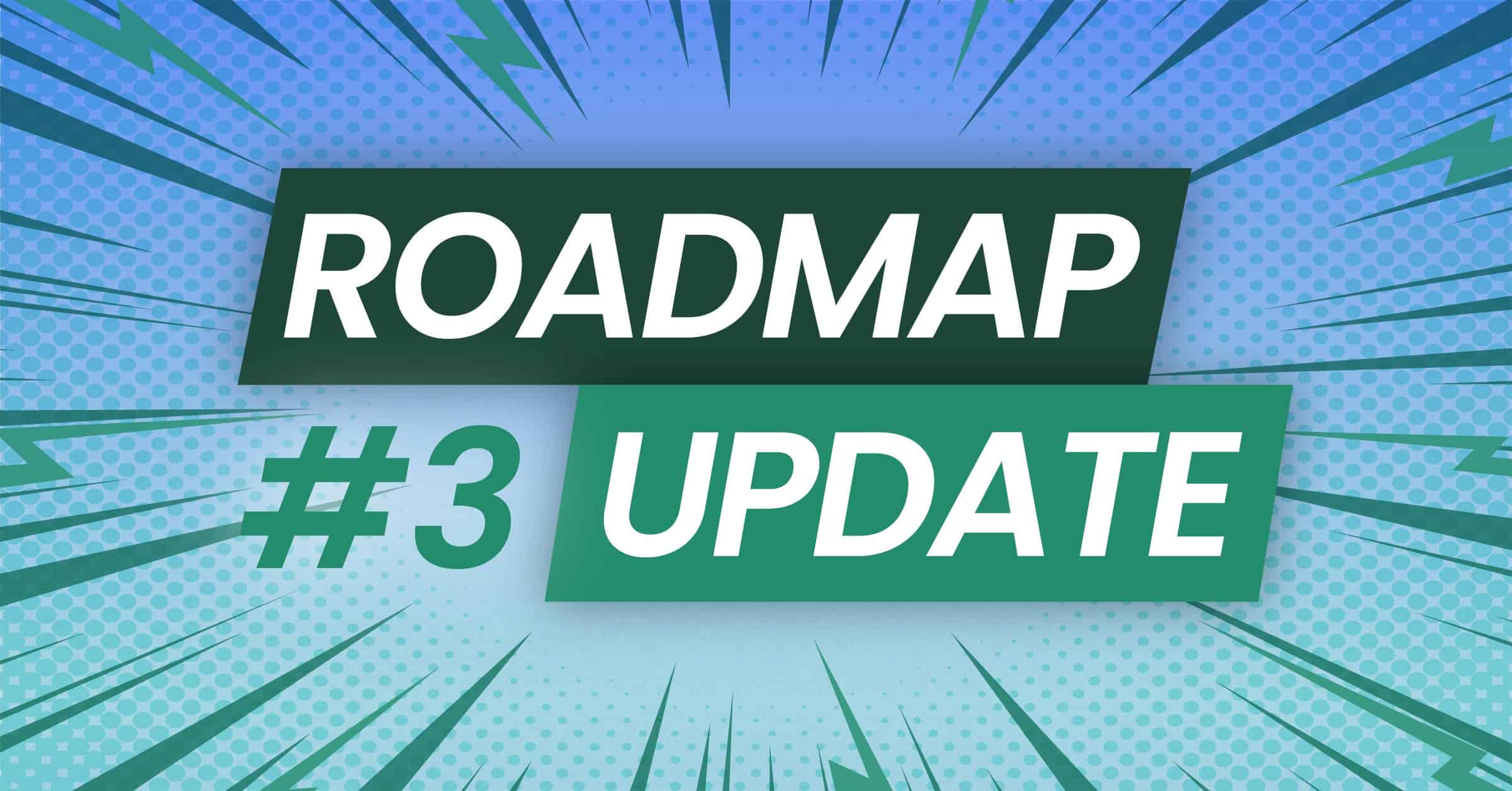
How persistent is our team from 0 to “I broke my hand, but I’m performing as if nothing happened”? It’s not difficult to guess, it’s the latter. Yes, one of our team members has had a mishap, but that hasn’t slowed him down one bit. So, let’s see where’s our team currently at. Rapid Risk […]
EU, here comes MiCA: 5 things you need to know
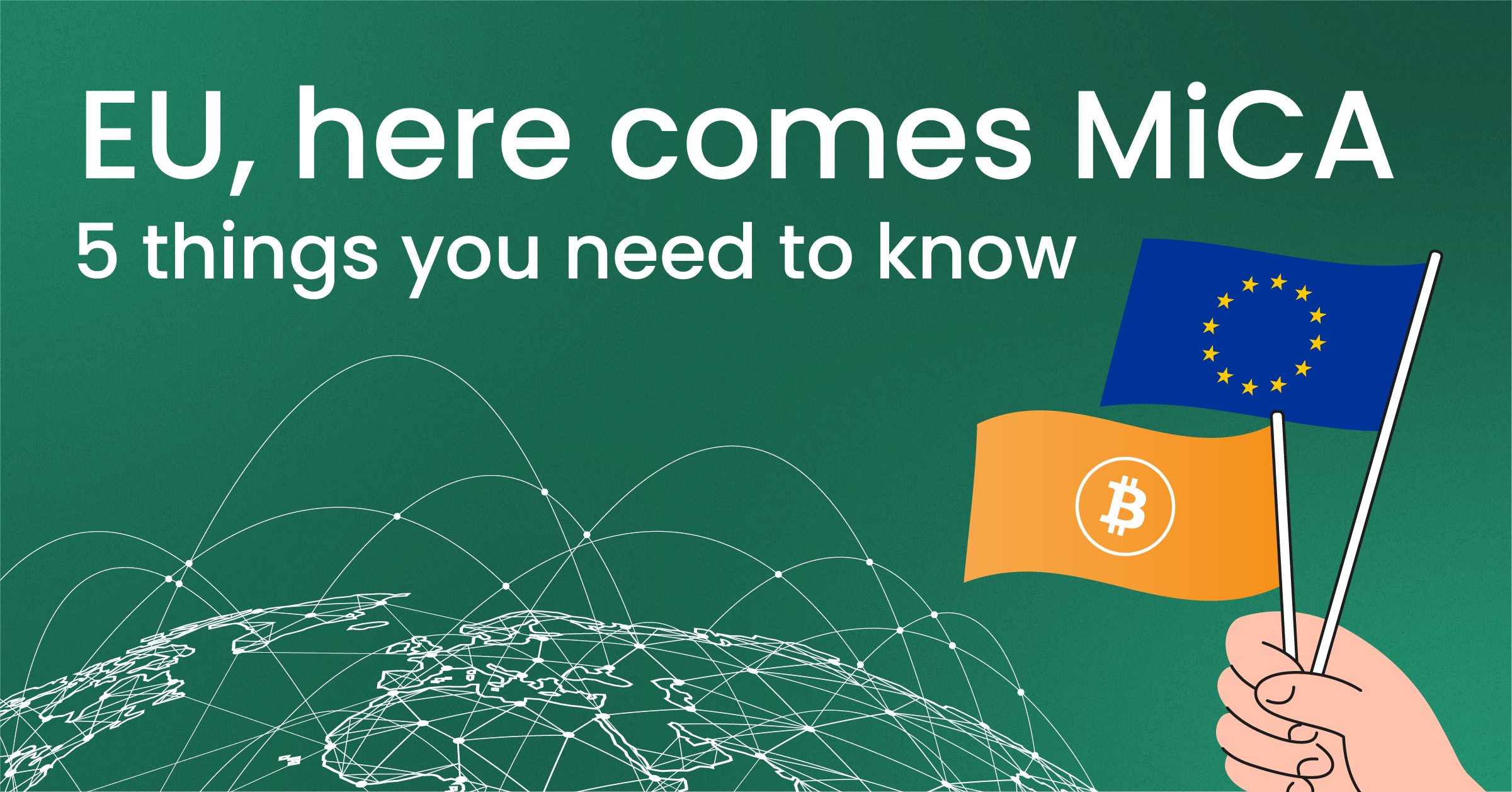
To the EU crypto community — there’s a new dawn coming. In October this year, the European Council approved the Markets in Crypto-Assets (MiCA) Regulation, which is one of the first attempts at more extensive monitoring of cryptocurrency markets. At the moment, MiCA is waiting for the decision of the European Parliament. If it gets […]
Roadmap update #2
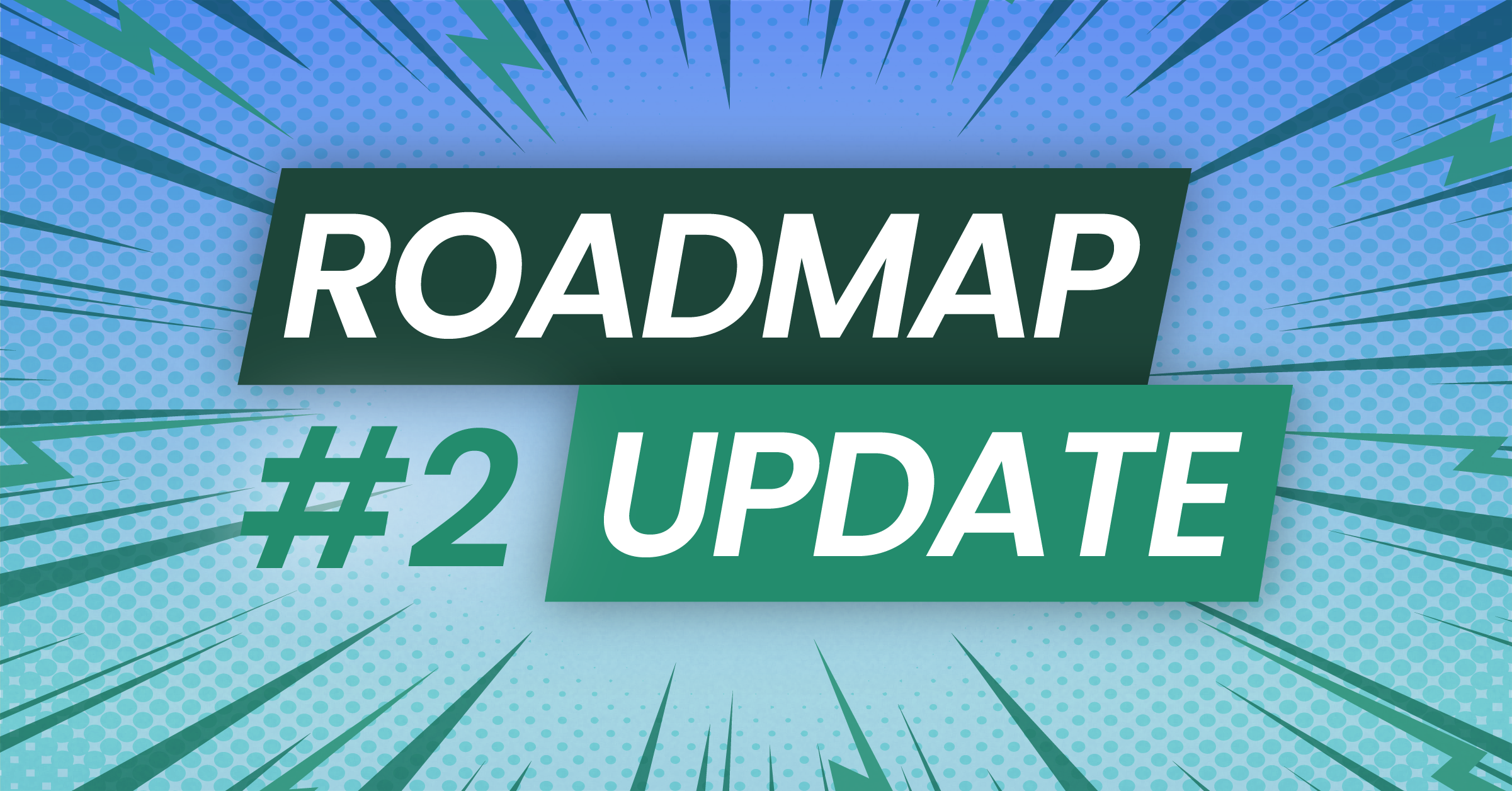
It’s time for another project update! Apart from an occasional sigh, the office was super quiet this previous month. That is until it’s time for the daily meetings. This is when things get heated up as every team member argues their standpoint to show why their solution is the optimal one. But every lively discussion […]
Gain control of your digital assets
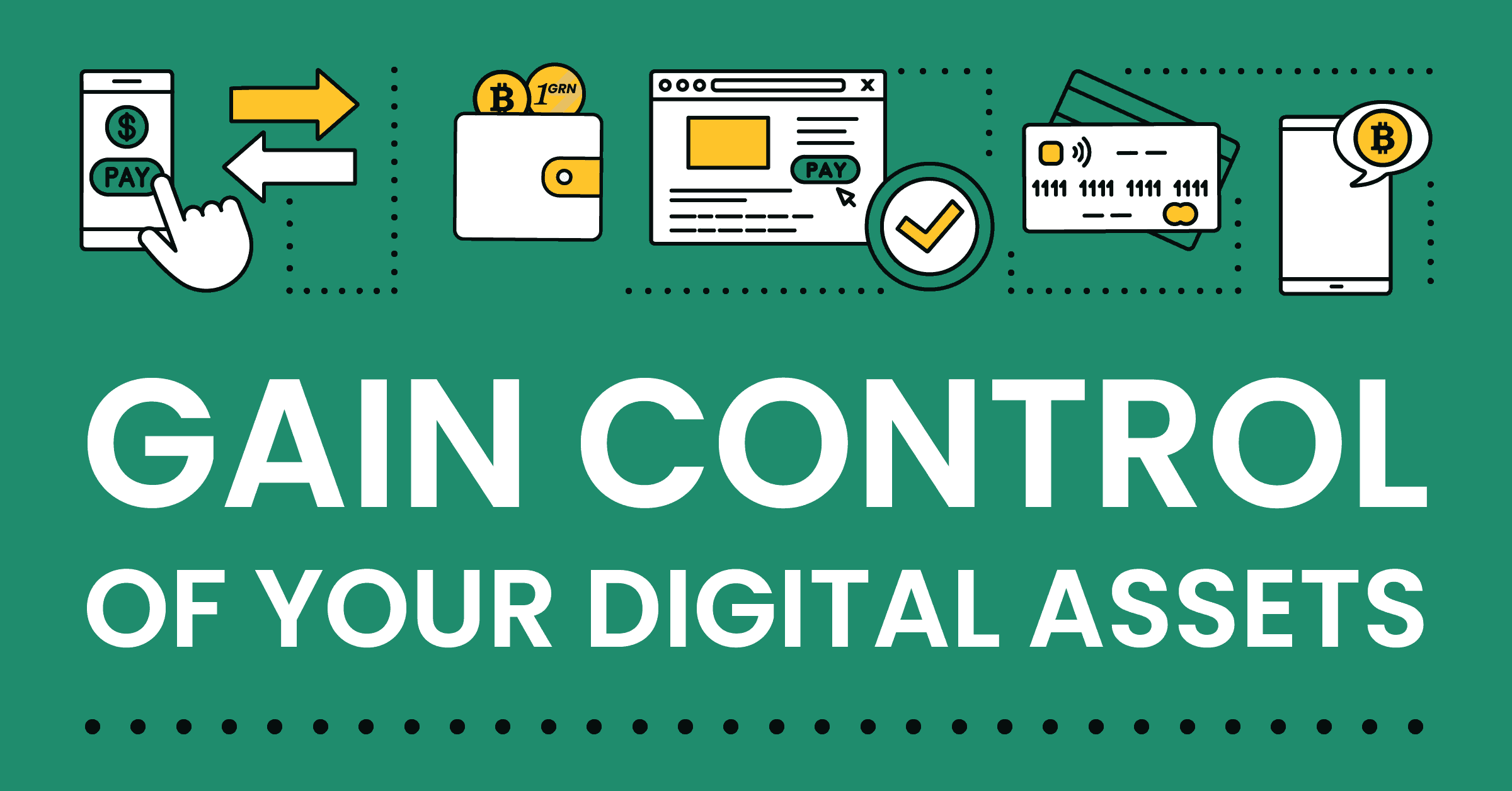
Where you keep your crypto assets matters — we can all agree on that one too. But what crypto owners don’t necessarily agree on is WHERE to keep those assets. As for our team, we say — keep them in your wallet, not the exchange. Read on to learn why.
Roadmap update #1
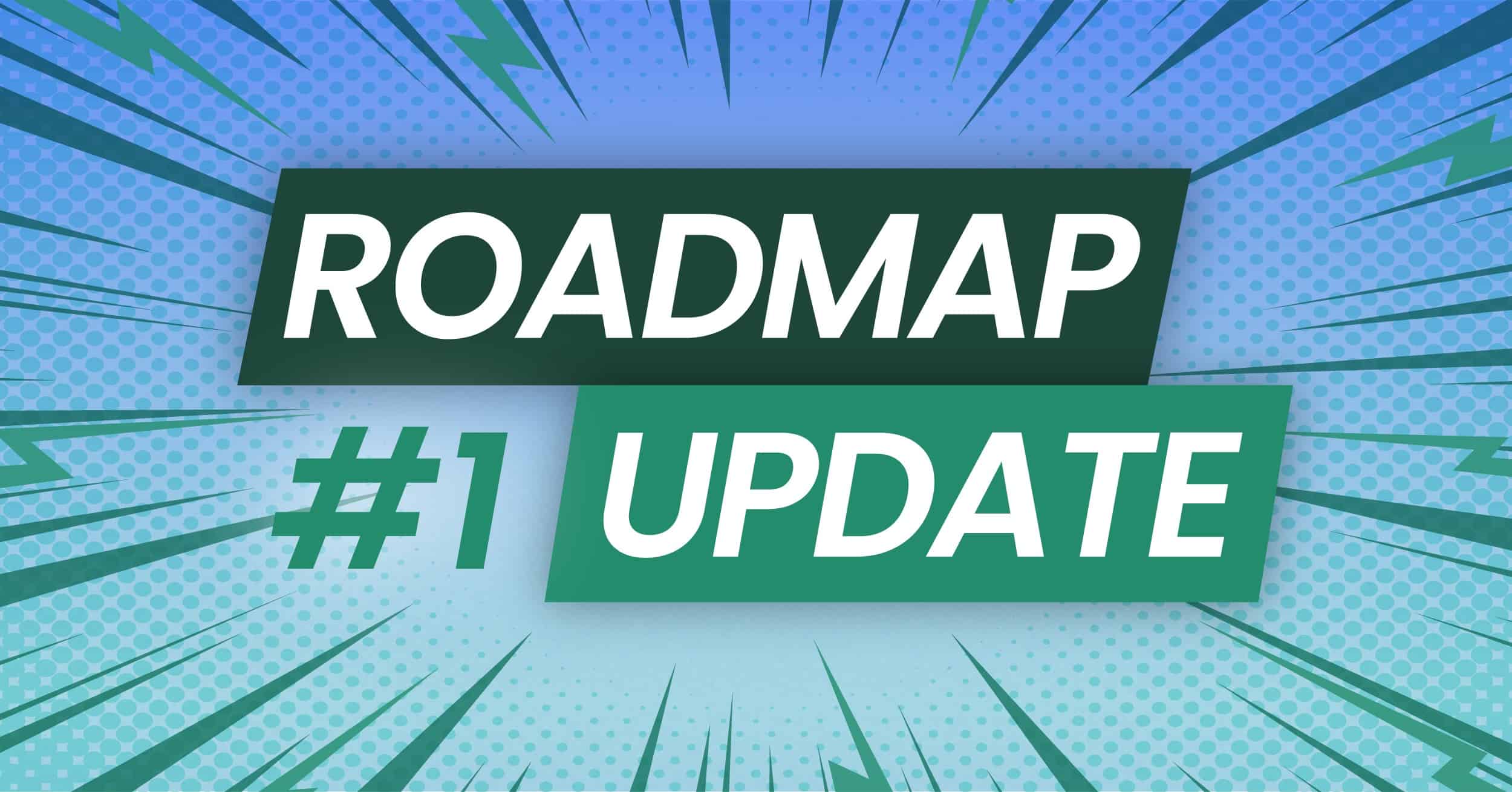
“Preparation is the key to success” – Alexander Graham Bell. We couldn’t agree more, Mr. Bell, we couldn’t agree more. As a little reminder, as announced a while ago, GRN Association partnered up with Barrage, a software development company, on the development of the GRNGrid blockchain (Grid) and GRNWallet application. We’ve been somewhat quiet, but […]
Crypto mass adoption: What’s the hold-up?
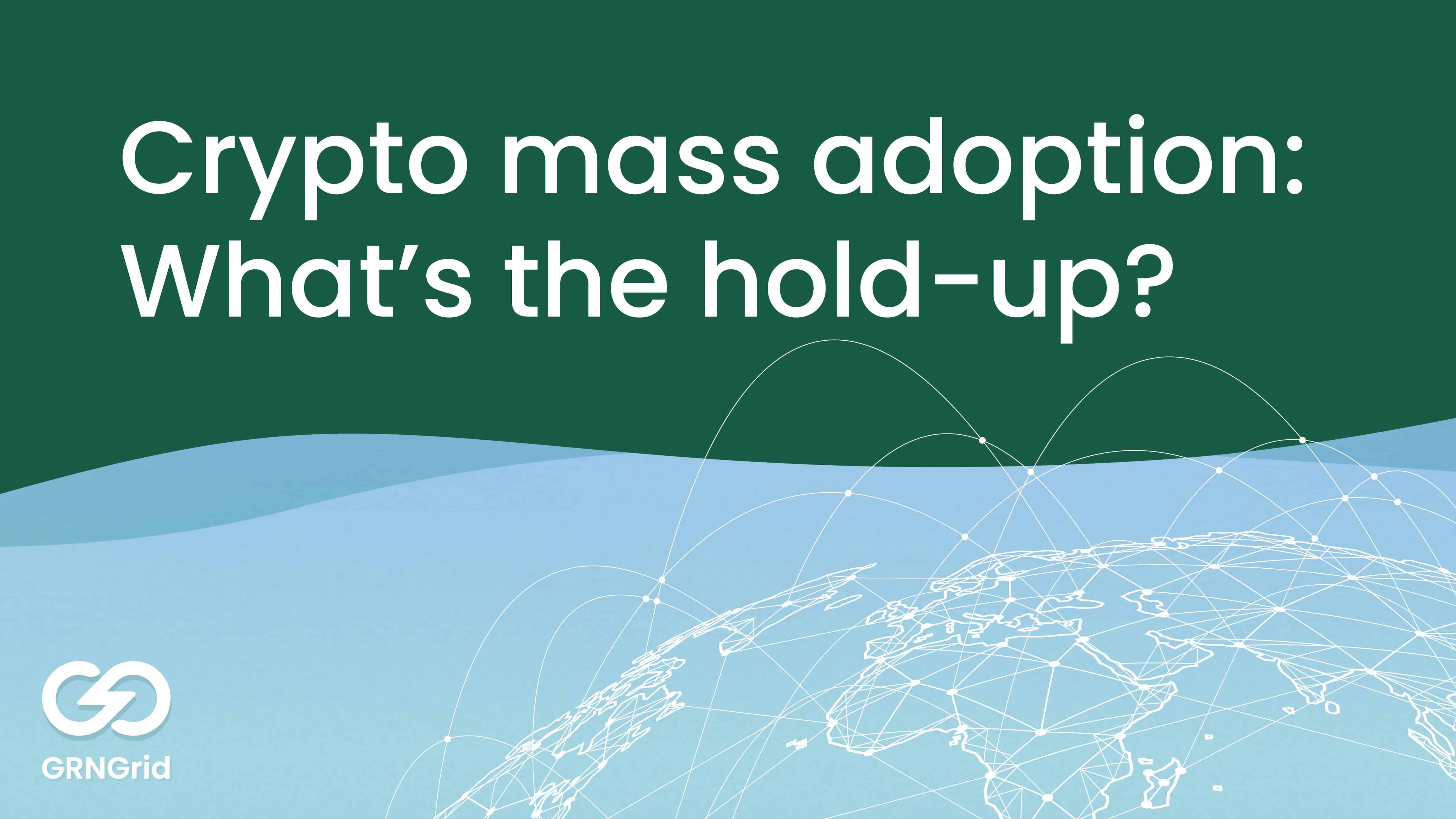
Bitcoin was created in 2009. The first altcoin, Litecoin (LTC), was forked from the Bitcoin blockchain in 2011. It’s 2022, and crypto transactions are STILL not a universally accepted payment method, nor are they overtaking credit card transactions. Why is this so? What’s taking so long? Are the governments the only ones making it difficult, […]


